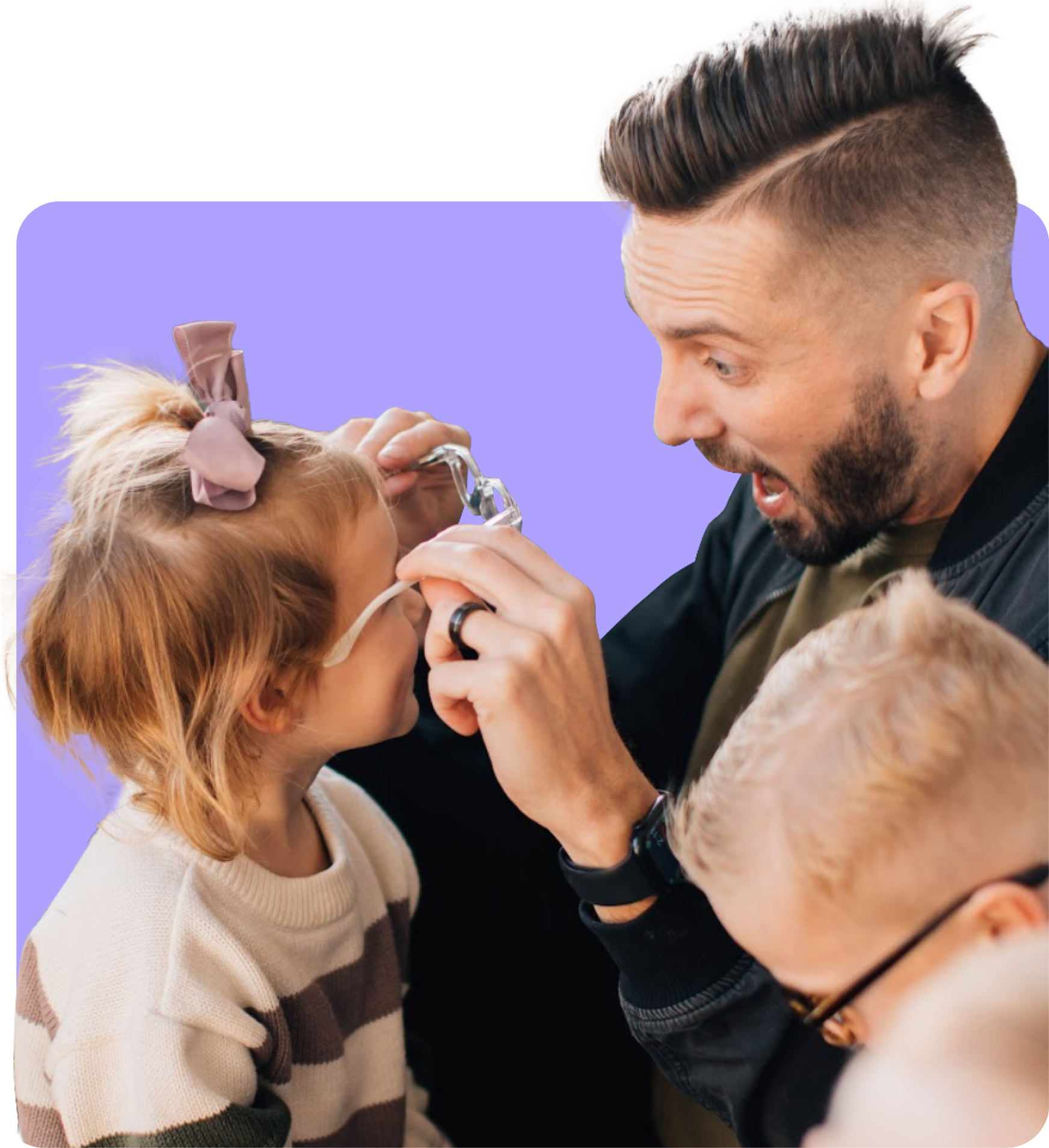Are Blue Light Blocking Glasses Effective?
While it’s not specifically known when blue light blocking glasses were invented, there is no denying that these lens filters have recently received an extraordinary amount of attention both now and during the COVID-19 pandemic in 2019. The increase in screen time has led to consumers looking for quick solutions to mitigate digital eye strain and to protect their vision.
Ultimately, with an extraordinary overnight rise in popularity, it begs the question: are glasses that block blue light even worth it? Let’s take a look at what you should know to make an informed decision and the existing science behind blue light-blocking glasses.
First, What Causes Digital Eye Strain?
Before we can discuss the effectiveness of blue light glasses, we need to understand what’s caused the buzz around the topic. During the 2019 pandemic, people across the world experienced an unprecedented time in which most of the working class were working from home. This unusual time also included children and teenagers attending class in a digital classroom from the comfort of their homes. A survey study reported that there was a 50 to 70 percent increase in typical screen time during the pandemic. All of the extra screen time created an environment where people began to notice that their eyes became noticeably fatigued after a long day and digital eye strain became the forefront of everyone’s minds. But what exactly is it?
According to the American Optometric Association (AOA), digital eye strain (also known as Computer Vision Syndrome) refers to eye and vision problems to include excessive dry eyes, blurred or blurry vision, eyestrain, and sometimes even headaches. Contributing factors to digital eye strain include improper or poor lighting in a room, the digital glare of screens, including devices, televisions, desktops, etc, and close proximity to said screens.
Ways to Reduce Digital Eye Strain
With digital eye strain concerns being a trending topic, came a multitude of tips, tricks, advice, and lifestyle change recommendations. There are several easy practices that are effective in reducing digital eye strain:
Keeping A Sensible Distance
The AOA recommends keeping a distance of at least 20 inches away from a desktop screen and keeping a sensible distance from handheld devices like your phone, tablet, or handheld gaming device. A common tip is to keep the handheld device the same distance from your face that you would if you were reading a book.
The 20-20-20 Rule
The 20-20-20 rule is an easy solution and practice to be mindful of eye strain. The rule is this: focus on an object 20 feet away for at least 20 seconds for every 20 minutes that you’re looking at a digital screen. This rule is helpful in many ways, including being mindful of the amount of time you’re spending on screens as well as reminding yourself to take mental and visual breaks.
Using Glasses That Block Blue Light
In an effort to reduce digital eye strain came the popularity of blue light glasses and the race to find the best blue light blocking reading glasses, best digital devices glasses, and best everyday blue light glasses. The key to finding effective blue light glasses is in the percentage of the blue light spectrum the filter is blocking. Most blue light glasses come with filter percentages of around 20%.
Enable Night Shift
With the tentative research existing on the harmful effects of blue light, many popular handheld devices now offer a ‘nightshift’ mode where the device will greatly reduce the amount of blue spectrum light that is emitted from the device. To enable this feature, check your device’s settings and search “night shift”, “blue light”, or “night mode”. Once enabled, the overall theme should show warm colors like yellow, red, orange, and amber only.
Effectiveness of Blue Light Blocking Glasses
There are many research studies that exist and are ongoing that involve glasses that block blue light, which makes finding a reliable unbiased source difficult. In a randomized trial completed in 2009, researchers conducted a study where participants were asked to wear amber glasses that blocked blue light three hours prior to sleeping. In that trial, researchers found that the group that wore the amber glasses reported a significant improvement in sleep quality compared to the respective control group. In another study involving pregnant women, researchers concluded that blocking blue light during the night had a positive effect on the subjects’ circadian rhythm.
Despite the positive results of these studies, the overall consensus is that blue light-blocking lenses and glasses are still in their early stages and are not miracle devices that will drastically improve vision. Most new users believe that buying glasses that block blue light will completely reduce digital eye strain, but this is an unreasonable expectation. Outside of research studies, the effectiveness of blue light glasses has varied between users; many report a significant improvement in sleep quality, reduction in eye strain, and even some impacting moods.
The Best Blue Light Glasses Are The Ones You’ll Use
Ultimately, the best blue light blocking reading glasses and blue light blocking everyday glasses will be the ones that you use regularly. According to Medical News Today, there are no documented negative effects of wearing blue light glasses for extended periods of time. However, it is important to remember that using blue light-blocking glasses can be an effective way to reduce eye strain when it is used in tandem with other best practices for reducing eye strain, such as the 20-20-20 rule and keeping your screens at a sensible distance away from your face.
Since 2019, the blue light blocking glasses market is booming with countless options in style, color, and blue light features and several million units being sold every year. Get the best glasses that block blue light for kids and teens at Jonas Paul Eyewear today! We offer premium styles and frames for all occasions that you and your family will love!


